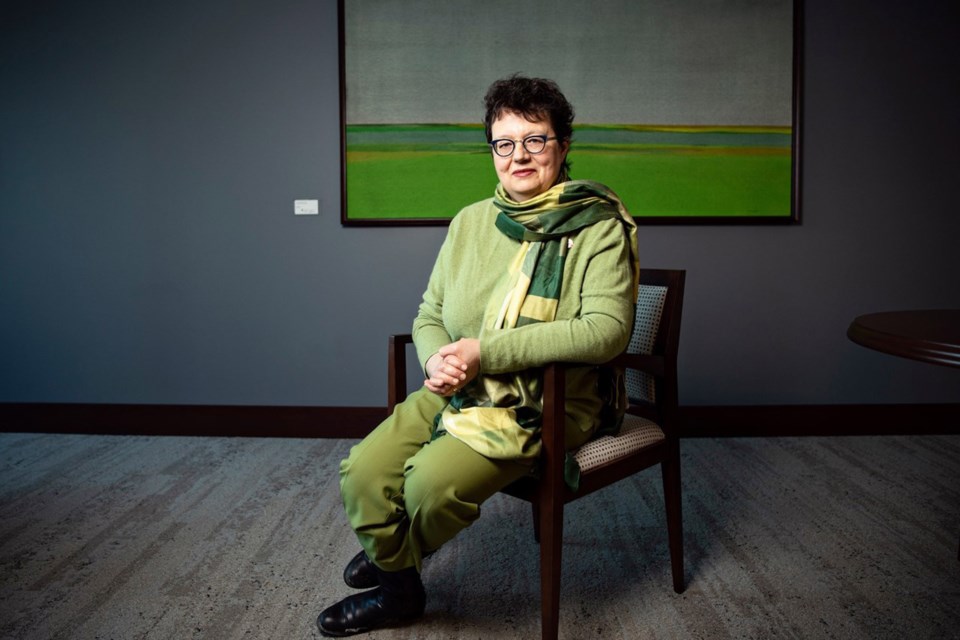The Rotary Club of St. Albert got an engaging lesson earlier this month on Canada’s Senate, often the most enigmatic function of Canadian democracy, from one of the region’s most decorated writers and a freshman Senator.
Retired Edmonton Journal columnist and Senator Paula Simons joined the club in a Zoom conference call Friday, calling the shift of Canada’s Senate under Prime Minister Justin Trudeau “radical.”
Right on the heels of Canadian Confederation in 1867, Simons said the Red Chamber was envisioned as the “House of Lords: Light,” a reference to Britain’s upper house of Parliament.
“It was there to provide a balance of power for Atlantic Canada, and it was there to make sure that there would be rich old dudes who would be able to make sure that whatever happened in the House of Commons was not antithetical to the interests of rich old white dudes,” Simons said.
It was also put in place by the British overlords to ensure democracy did not run off the rails in the House of Commons, to make sure “the rebel didn’t get too roused.”
Notably, when Senate was first formed, it did not include any representation from the Western provinces, since they did not exist yet.
Despite creation of the western regional division under the Constitution Act of 1915, Simons said Senate continues to disadvantage western provinces today.
“We've kept with a system that radically disadvantages the West and radically overrepresents Atlantic Canada,” she said.
Originally designed to represent Atlantic Canada and their blossoming whaling and shipping economies, Simons said New Brunswick and Nova Scotia were worried the more populous provinces of Quebec and Ontario would “overwhelm” them in Confederation.
“They say, ‘Well, you know, it's not fair. They've got more people, but we've got bigger economies, why should we carry them?’” she said. “Sounds familiar, if reversed.”
The Canadian Senate is split into four geographic regions, with 24 seats each: Western, Ontario, Quebec and Maritimes. Nine additional seats are allocated to the remaining regions, including Newfoundland and Labrador and one each to the three northern territories.
While the Senate structure and function has remained largely in the past 153 years, Simons said under Prime Minister Justin Trudeau there has been a “radical shift.”
Since taking office in 2015, Trudeau has appointed 52 Senators, all appointed to be independent Senators.
“This was a pretty radical transformation of the way the senate work because up until that moment, Senators had been tied to parties,” Simons said.
Now, roughly 75 per cent of Senators are independent, and rather than lining up like little ducklings following their mother, Simons said members of the Senate are free to personally decide how they vote.
“Every time we vote, we have the quite daunting responsibility of making up our own minds how we're going to vote, with the one proviso that nobody wants to see a Senate that runs roughshod over the House of Commons,” she said.
The challenge of being a Senator in the midst of a pandemic, for many retired “Hermione Granger over-achievers” is figuring out how to be more than a “decorative grace note,” according to Simons.
In a separate interview, Simons noted her most important role is to stay at home in Edmonton.
“It is humbling and frustrating to realize at this point ... one of my most important jobs is to stay home and to encourage other people to stay home, which isn't very glamorous.”




